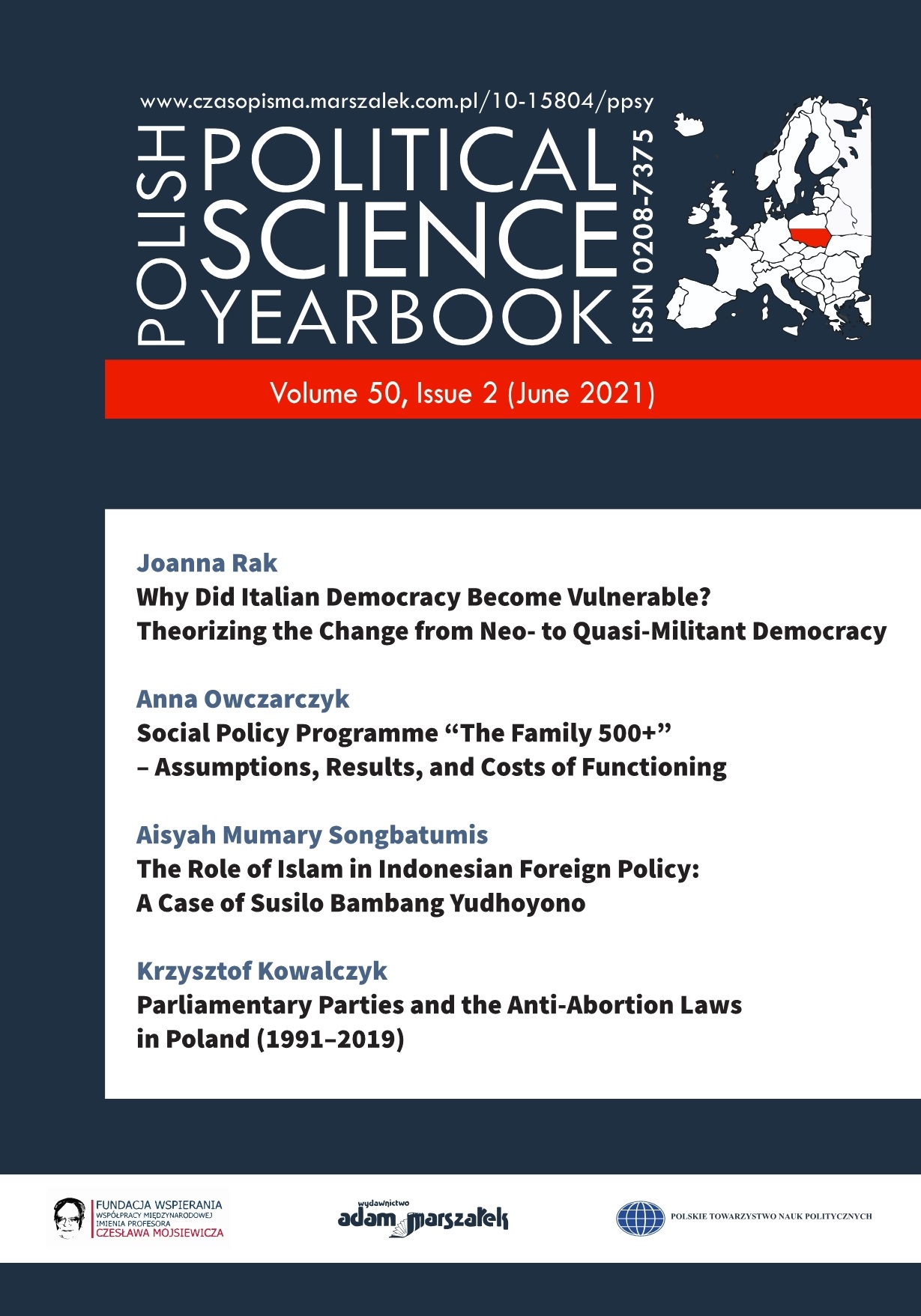The Boundaries of Jerusalem
The Boundaries of Jerusalem
Author(s): Gideon BigerSubject(s): Politics / Political Sciences, Social Sciences
Published by: Wydawnictwo Adam Marszałek
Keywords: Jerusalem; Holy City; urban boundary; international boundary; annexation; Peace and Prosperity
Summary/Abstract: Earlier this year, President Donald Trump presented his Peace Plan for Israel and the Palestinians. The plan also dealt with the future boundaries of Jerusalem. Jeru-salem is the only city ruled by a sovereign regime, the State of Israel, which declared Jerusalem as its Capital city and draw its boundary lines. Except for the US, the status and boundaries of Jerusalem are not accepted by any other international or national entity. Only the United States, which accepts Jerusalem as the capital city of Israel, agreed to ac-cept its Israeli declared boundaries. Jerusalem’s status and boundaries stand at the core of the dispute between Israel and the Palestinian Authority, which wishes to restore the pre-1967 line. The city of Jerusalem was divided 1948–1967 between Israel and Jordan. The Palestinian Authority thus calls for a separation of Jerusalem between two independent states. Today, Jerusalem has an urban boundary that serves partly as a separating line be-tween Israel and the Palestinian Autonomy, but most countries do not accept the present boundaries, and its future permanent line and status are far from establishing. Jerusalem is a unique city. This article presents a brief history that should help understanding its uniqueness.
Journal: Polish Political Science Yearbook
- Issue Year: 50/2021
- Issue No: 2
- Page Range: 77-88
- Page Count: 12
- Language: English

